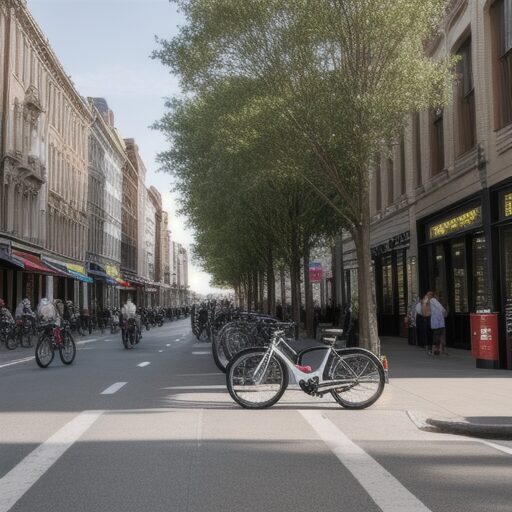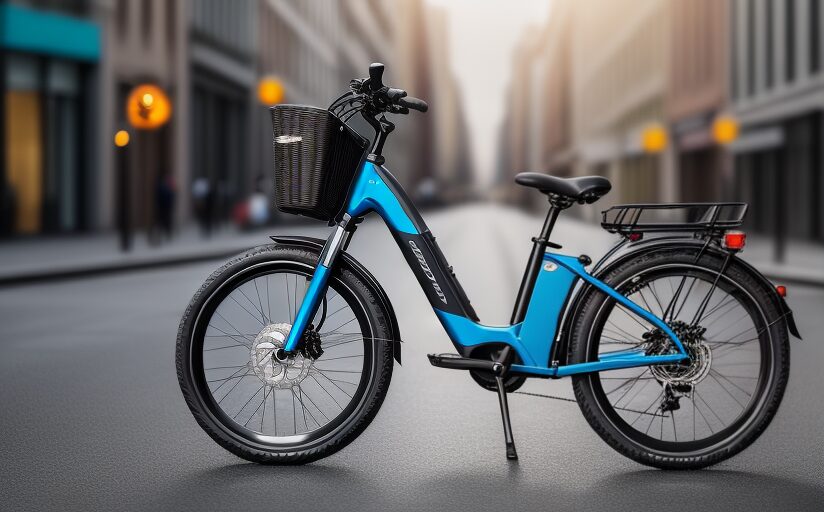How to Choose an Electric Bike

Experiencing an electric bike—or e-bike—for the first time can be akin to unveiling a newfound ability. E-bikes, with their pedal-assist feature, expand the capabilities of traditional cycling. They allow riders to navigate stop-and-go traffic with ease, transport children or goods more efficiently, arrive at destinations with less perspiration, or simply add a boost to journeys that may have been too daunting due to distance or inclines.
E-bikes are categorized similarly to traditional bicycles, with types including mountain, road, urban, hybrid, cruiser, cargo, and folding bikes. For a summary of basic bike types, one might refer to the guide on choosing a bike.
Understanding the Three Classes of Electric Bikes
For regulatory purposes, e-bikes are classified into three distinct classes based on the level of motor assistance they provide. This classification is widely recognized by bike manufacturers and various governmental and regulatory entities. Deciding on the appropriate e-bike class is crucial.
What are the three classes of e-bikes?
| Class 1 | Class 2 | Class 3 | |
| Pedal Assist | Yes | Yes | Yes |
| Throttle | No | Yes | No |
| Max Assisted Speed | 20 mph | 20 mph | 28 mph |
Class 1 e-bikes offer motor assistance only while pedaling and cease to assist beyond 20 mph. Class 2 e-bikes provide similar pedal-assist capabilities but also feature a throttle mode that does not require pedaling. Class 3 e-bikes, resembling Class 1, offer pedal assistance that cuts off at 28 mph.
Novice riders often begin with a Class 1 e-bike due to its affordability and widespread regulatory acceptance. These bikes are permissible on city streets and many cycling paths. While some mountain bike trails are opening up to Class 1 e-bikes, accessibility is not yet universal, so it’s important to verify beforehand.
Class 2 e-bikes generally have the same allowances as Class 1, as both are limited to 20 mph with motor assistance. Class 3 e-bikes, favored by commuters and those running errands, offer greater speed and power, though they come at a higher cost. The increased performance allows for better traffic integration, superior climbing, and handling heavier loads. However, they are often restricted from bike paths and mountain bike trails.
Before choosing an e-bike class, research the access rules thoroughly, as laws and regulations regarding licensing, registration, age limits, and land management are subject to change. For a detailed guide to e-bike regulations across the United States, one might consult the state-by-state guide provided by People for Bikes.
Ride your e-bike responsibly. Always check the current rules of the land manager regarding where your e-bike class is permitted.
E-Bike Batteries, Riding Ranges, and Motors
The power source of an e-bike is a focal point for manufacturers, presenting a balance between performance and riding range. A more potent motor yields greater speed and torque, beneficial for traffic integration, hill climbing, and cargo transport, but also depletes the battery quicker, reducing the riding range.
When evaluating e-bikes, one will encounter a spectrum of riding range specifications, such as 20-100 pedal-assisted miles. This variance is due to numerous factors that influence riding range. Having a large-capacity battery, measured in watt-hours (Wh), is advantageous. However, the motor’s power also plays a role; for instance, a 500-watt motor with a 500 Wh battery will drain more rapidly than a 250-watt motor with the same battery capacity.
An insightful online resource that illustrates the interaction of factors affecting riding range is Bosch’s E-Bike Range Assistant. Riding habits and terrain also impact battery life. For strategies to maximize range, one could explore introductory resources on e-bikes.
Battery charge time: Most batteries require three to five hours for a full charge from depletion, with larger capacities taking longer. Purchasing additional chargers or carrying one’s charger can support commuting habits.
Number of batteries: Some e-bikes allow the use of dual batteries, extending ride duration and providing a backup if one battery depletes. It’s also possible to acquire an extra battery for convenience or as a replacement after several thousand charges.
Battery mounting setup: Frame-integrated batteries free up space for accessories, whereas external batteries are simpler to charge and replace.
E-Bike Motor Location
Mid-drive motors are situated at the bottom bracket, where the crank arms connect to the frame, while hub-drive motors are located within the hub of the rear or front wheel.
Mid-drive motors: This configuration is prevalent for various reasons, including a natural pedal-assist response and a balanced, stable ride due to the motor’s central and low position.
Hub-drive motors: Rear-wheel hub-drive motors directly power the rear wheel, creating a sensation of being propelled forward. However, changing a flat tire on a wheel with a hub drive can be more complex than on standard bikes. Front-hub drive motors resemble front-wheel drive vehicles and permit the use of a standard drivetrain on the bike’s rear.
E-bike Motor Torque
For those planning to navigate hilly terrain or carry heavy loads, motor torque, measured in newton meters (N m), is an important specification. Available e-bikes may offer torque ranging from 40 N m to 80 N m, though actual torque will vary with pedal-assist settings.
Other Key E-bike Features and Components
An e-bike encompasses more than just its motor and battery. Additional aspects to consider include:
Pedal-assist activation and pedal feel: Performance-oriented bikes tend to provide smoother and more responsive pedal assist. Testing multiple bikes is recommended to identify the most suitable reaction speed and intensity.
Pedal-assist levels: Most e-bikes offer several assist levels, enabling battery conservation (eco mode) or increased speed and torque (turbo or boost mode).
Integrated accessories: E-bikes often come with various built-in accessories such as lighting for safety, racks for cargo bikes, and handlebar-mounted LCD displays for monitoring bike functions. High-end models may offer more powerful lighting systems.
Smartphone integration: Advanced e-bike electronics can wirelessly connect to smartphones, providing access to GPS, service records, and additional display features. Some apps also enable bike lock control.
Built-in security: Certain bikes feature integrated rear-wheel locks or battery locks that can be keyed to match a partner brand’s bike lock.
Component quality: E-bikes at different price points come with varying component quality. While less expensive models may lack features like smartphone integration, they will have value-priced components. As with regular bikes, premium components such as brakes, tires, shifters, and drivetrains offer enhanced durability and responsiveness.
Frames: E-bike frames are typically aluminum, but options now extend to carbon-fiber and steel. Frame material and design, along with motor and battery size, significantly affect the bike’s total weight. While e-bikes are generally heavier than non-electric bikes, motor assist compensates for the heft. Lighter bikes, however, tend to feel more agile. Therefore, between two comparable models, the lighter one is likely to deliver a superior riding experience.
Be Sure You Get a Good Fit on Your E-bike
As with standard bikes, the optimal e-bike is one that fits the rider well. For such a significant investment, ensuring that an e-bike feels tailored to the rider—or can be adjusted with a few component changes—is essential before purchase. The most critical aspect of a good fit is the correct frame size, which is generally based on the rider’s height. Additionally, frame geometry influences how the bike fits an individual’s body measurements. Visiting a bike shop is the best approach to fine-tune the fit, aligning the knees, shoulders, back, feet, and hands for the desired riding position.

